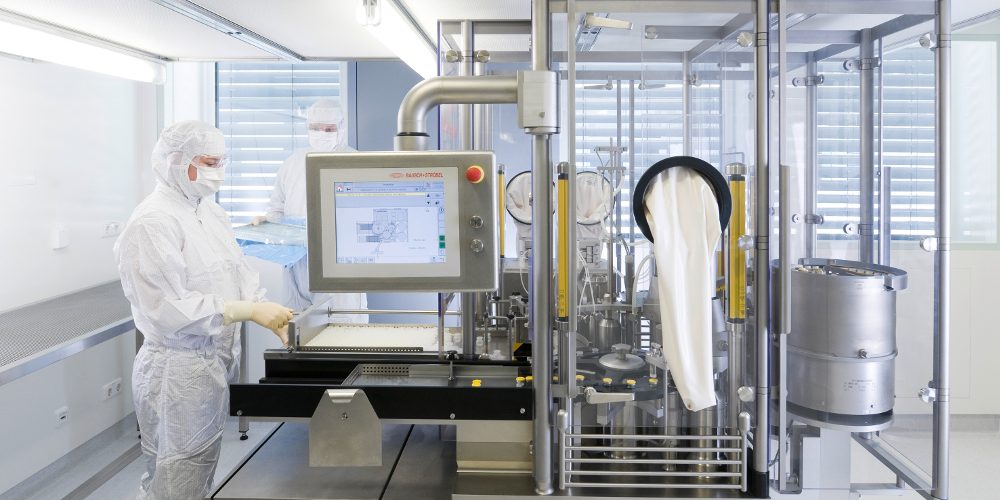
A patent application shows that Tesla has been working with CureVac on a possibly revolutionary “RNA bioreactor” for over a year.
Tesla CEO Elon Musk announced yesterday that the automaker has become the manufacturing partner of biotech firm CureVac that is working on a COVID-19 vaccine based on its RNA technology.
The CEO announced that Tesla would be “building micro RNA factories for CureVac.”
It took many by surprise, as it appears Tesla is making a move in the biotech world, but we now know it has been in the works for a long time, even before COVID-19.
A tipster sent Electrek a patent application that Tesla jointly filed with CureVac through its Tesla Grohmann division in Germany.
The patent application is called “Bioreactor for In Vitro Transcription of RNA” and describes an automated system for the manufacture of RNA:
The present invention relates to a bioreactor for in vitro transcription of RNA, a method for in vitro transcription of RNA, a module for transcribing DNA into RNA, and an automated apparatus for the manufacture of RNA. Furthermore, the use of a bioreactor for in vitro transcription of RNA as described herein is part of the present invention. The present invention relates to an in vitro RNA transcription reactor designed to be automated operable under GMP compliant conditions. In particular, such an in vitro RNA transcription reactor allows repetitive use of the DNA template for various in vitro RNA transcription reactions. Furthermore, the invention relates to an RNA manufacturing apparatus comprising (a) a module for the synthesis of model DNA, (b) a module for transcribing DNA into RNA comprising said RNA in vitro transcription reactor and, optionally, (c) a module for RNA Formulation.
The patent application was filed in June 2019, proving that Tesla has been working with CureVac for over a year.
Describes a problem with current manufacturing processes for RNA molecules that are labor intensive and require several different pieces of equipment.
The Tesla / CureVac solution solves those problems.
They argue that it would be more accurate and easier to implement:
An advantage of an improved bioreactor may be that it allows the repetitive use of DNA templates in various RNA production processes, which reduces costs since less starting material (i.e. DNA template) must be used and can be omit or substantially minimize DNAse treatment. Furthermore, an improved bioreactor can enable robust production of RNA with a higher purity profile (no residual DNAse, no residual DNA fragments in the final RNA product). The advantages of an automated apparatus for RNA production are that the entire manufacturing process can be more robust and reliable (due to the minimization of human error) and that RNA production can be accelerated.
In addition, an acceleration of RNA manufacturing would be highly advantageous and of great importance to public health, especially in the context of pandemic scenarios. More advantageous in this context would be the production of RNA therapeutics in the region of the outbreak, which, however, would require a portable RNA production apparatus.
So Musk talked about Tesla doing “micro-factories” for CureVac.
Here are some drawings from the patent application:

Here is the joint patent application Tesla and CureVac in their entirety:
FTC: We use automatic affiliate links that generate income. Plus.
Subscribe to Electrek on YouTube for exclusive videos and subscribe to the podcast.